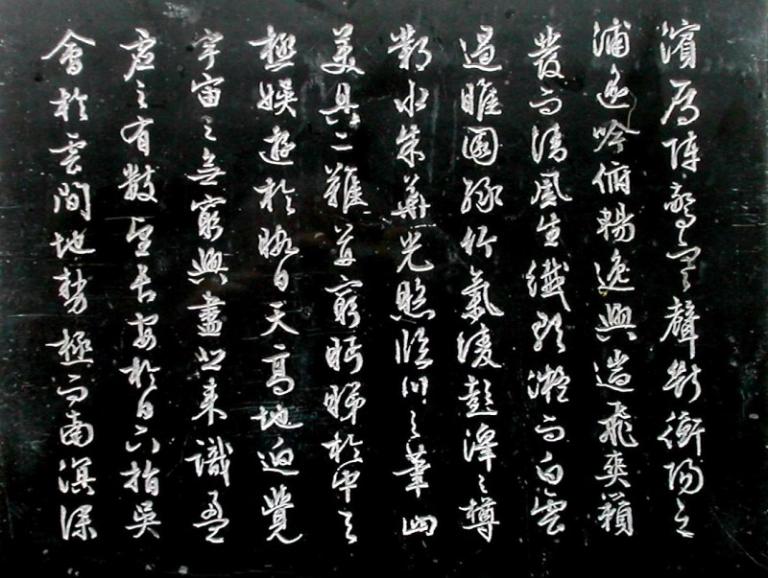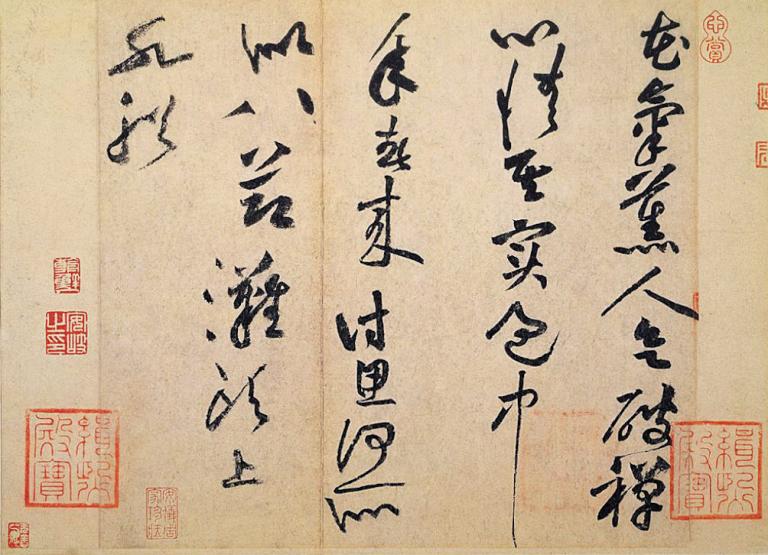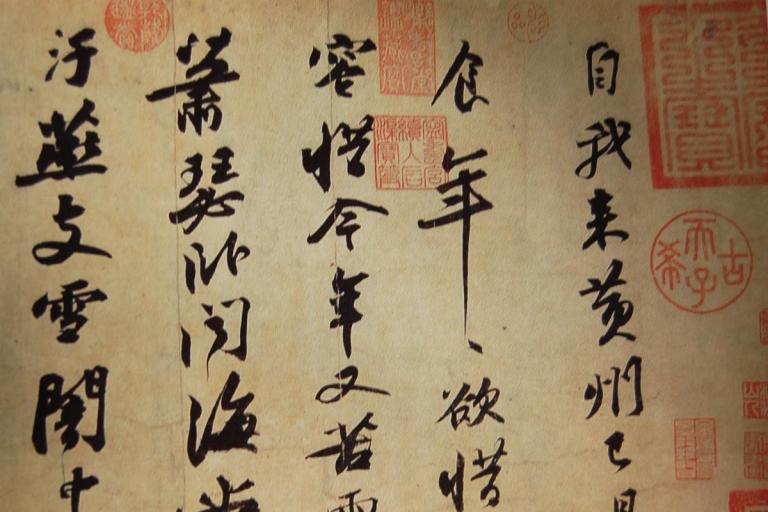Zhi Yong and Calligraphy of the Sui Dynasty
4 min readIn the early Sui dynasty, Emperor Wendi conducted political reform and took some new measurement in cultural policy, for example, to select officials through Imperial examinations. Among the imperial examinations there was the subject of calligraphy, which guaranteed the development of calligraphy systematically. In Emperor Yangdi’s period, in spite of his political fatuity, the emperor liked to collect calligraphic works and he set a certain official position for calligraphy.

Meanwhile, the unification of the south and the north impersonally promoted the communication between northern and southern calligraphy. Therefore, though without unique artistic style, calligraphy of the Sui dynasty apparently had characteristics of the transitional period and laid the foundation for the development of calligraphy at the beginning of the Tang dynasty. Calligraphy of the Sui dynasty inherited that of the Southern and Northern Dynasties and prepared for the development of calligraphy in the Tang dynasty.
The calligraphy masters in the early Tang period began to form their own style and model. Wang Xizhi and Wang Xianzhi’s calligraphic style began to prevail Representatives in these periods were Ding Daohu, Shi Ling and Zhi Yong. Calligraphic works in this period, including Thousand-Character Classic, sutra copies and stele inscriptions, revealed that regular script for inscriptions were more and more standardized. Most of them were comely and tidy, with both the strength of Northern stele inscriptions and the morbidezza of Southern calligraphic rubbing books. In the Sui dynasty, there was a famous stele established in the 9th year of Kaihuang period (586 A. D.). It was located in Longxing Temple (Thriving and Prosperous Temple) near the east gate of Zhengding city in Hebei province. There were many stele inscriptions inside the temple.
The most precious one was the Stele Inscriptions for the Dragon Hidden Temple from the Sui dynasty, which recorded the origin of the temple. Known as”number one stele in the Sui dynasty”, it had not only high historical value but also high artistic value of calligraphy and was considered as masterpiece among stele inscriptions of the Sui dynasty. On the stele there were about 1, 500 characters, without the name of the inscriber. The strokes of characters were with strength when they were thin and inclusive when they were wide. The regularity and orderliness of inscription Ions endowed it with primitive simplicity and crude beauty. The stele inscription was an artful blend of style in the Southern and Northern dynasties and the style adopted by calligraphy masters in the early Tang dynasty. It was praised by Wang Guowei as “a stele demonstrating the calligraphic achievements made in the Six Dynasties rather than just in the Sui dynasty”.

In China, only three steles of the Sui dynasty can still be seen today. In the Sui dy nasty, calligraphy inherited the style in the Wei, Jin and Southern Northern dynasties. The brush using rules and structure forming rules were made explicit. Seal script and clerical script disappeared and regular script prevailed Regular script gradually became standardized and had profound influence on regular script in the Tang dynasty. It is said that it initiated the aftertime stele inscriptions and was the underlay for Chu Suiliang and Xue Ji’s calligraphy. Apparently, calligraphy of the Tang dynasty was derived from that of the Sui dynasty. Zhi Yong, also named Faji, was born in Huiyin (now Shaoxing, in Zhejiang). His family name was Wang, and according to the records of some ancient books, he was the offspring of Wang Huizhi (the fifth son of Wang Xizhi). That is to say he was a descendant of Wang Xizhi in the seventh generation. His birth year was unknown. He first became a monk in Yongxing Temple and moved to Ximing Temple in Chang’ an later. People called him Buddhist Monk. Zhi Yong’s calligraphic works were first known by people in the Chen period (557-589) of the Southern Dynasties and became very famous in the Sui dynasty. So his calligraphy is considered as part of the Sui calligraphy. Zhi Yong became a monk when he was very young and lived seclude life in Yongxing Temple for 30 years.
During that period, he got up early every morning and prepared a large grail of Chinese ink to copy Wang Xizhi’s calligraphic copybook. Zhi Yong mainly learned from calligraphic copybooks and he was good at regular script and cursive script. His work in regular script was brisk yet precise, and his cursive script was free yet firm. His followers, except Yu Shinan, were monks mainly. His disciple Zhiguo was also well-known. Besides Zhi Yong’s’ calligraphy, some stele inscriptions and epitaphs were also in clerical script, which was mainly inherited from the clerical script in the Northern Qi period but with more sharp turnings and strengthened strokes as well as regular structure. For bricks and pagoda inscriptions, both regular and clerical scripts were used with more freedom and frankness.









